May 12, 2025 | 15:41 GMT +7
May 12, 2025 | 15:41 GMT +7
Hotline: 0913.378.918
May 12, 2025 | 15:41 GMT +7
Hotline: 0913.378.918
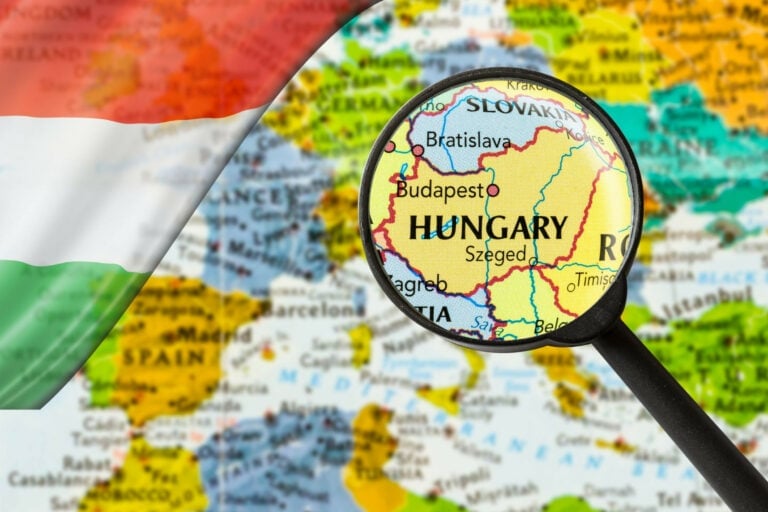
Hungary remains committed to supporting poultry farmers and expanding poultry production in the coming years. Photo: Canva.
At an industry conference in Budapest dedicated to the World Poultry Day, local market players outlined that Hungary can grasp the opportunities offered by difficulties experienced by farmers in western Europe.
Hungarian minister of agriculture, István Nagy, said that the country remains committed to supporting poultry farmers and expanding poultry production in the coming years. Using EU subsidies, the government plans to spend HUF 4.3 trillion (€10.6 billion) on the development of the agriculture, food industry and rural territories by 2027.
The lion’s share of this amount is planned to be spent on the support of poultry farming, which, alongside pork production, remains the most competitive and the most consolidated food industry segment in the country, Nagy said. In addition to meeting domestic demand, the poultry sector generates export value for the country, accounting for nearly half of meat exports.
Hungary has a chance to strengthen its position on the European market as long as countries in western Europe show no similar commitment to supporting poultry farmers, Tamás Éder, vice president of the National Chamber of Agriculture and Food Industry, said during his presentation during the conference.
“While we in Hungary encourage [poultry industry] developments with various support measures, for example, in the Netherlands, which has significant poultry production, they try to hinder the establishment of new farms using administrative tools,” Éder said, assuming that Hungary could take advantage of this situations and fill the gaps emerging in the supply chain.
Nan-Dirk Mulder, an expert at Rabobank, also agreed that the decline or stagnation of production in western Europe creates an even bigger opportunity for Hungary than for other Central Europe regions. “Hungary’s central location makes western European markets more easily accessible from here than, for example, from Romania,” he noted.
On the other hand, the Hungarian poultry industry’s growth prospects may be hampered by weaker economic conditions and worsening consumer confidence in China, which promises to dramatically change the balance of foreign trade. In a similar way, the US tariffs on poultry imports and retaliatory measures imposed by other countries are expected to play a key role in shaping global poultry trade in the short term, Éder projected.
The tariff war indeed covers the future of the European market with a layer of uncertainty, Mulder said, explaining that it is possible that in the end, the US will set foot on the European market, but on the other hand, EU exporters may find new opportunities on the Chinese market.
(Poultryworld)
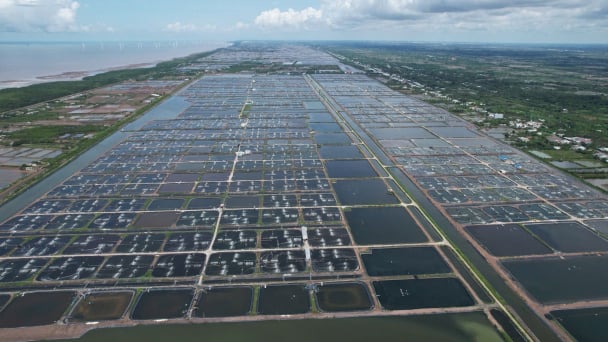
(VAN) Nine recommendations were put forward to address bottlenecks and promote science and technology in the livestock and aquaculture sectors, aiming to bring Resolution No. 57-NQ/TW into practical implementation.
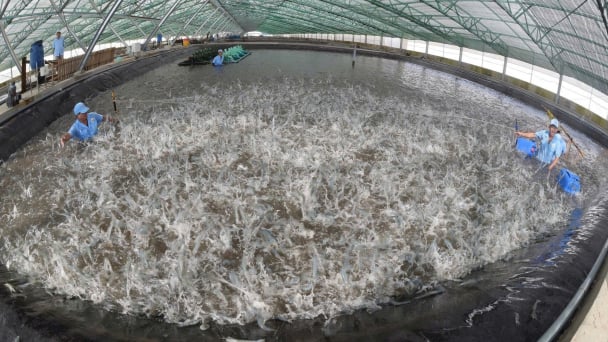
(VAN) Scientific and technological activities in the fisheries sector have shown signs of improvement, but they are still not commensurate with their potential to become a true driving force for the industry's development.
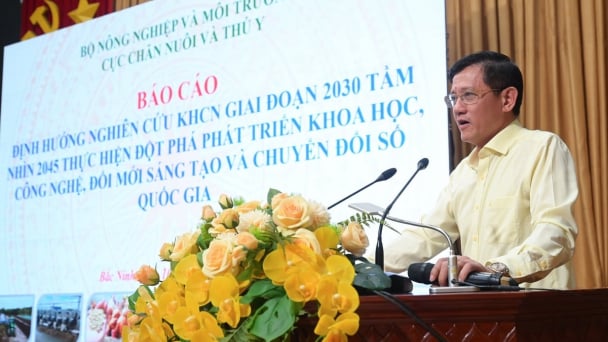
(VAN) Director General of the Department of Livestock Production and Animal Health, Duong Tat Thang, outlined solutions to drive scientific and technological breakthroughs in the livestock and veterinary sectors in the near future.
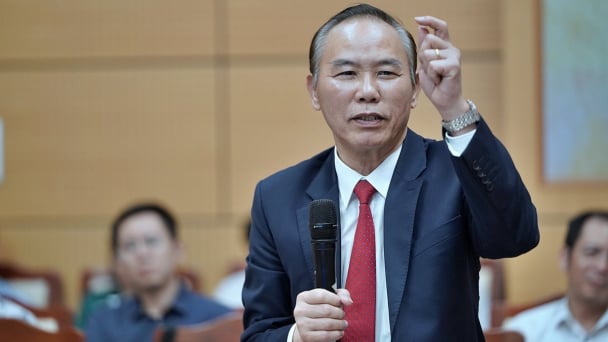
(VAN) Digital transformation, advanced forecasting and cross-sectoral data integration will form the cornerstone of modernising irrigation, disaster prevention and meteorological services in the years ahead.
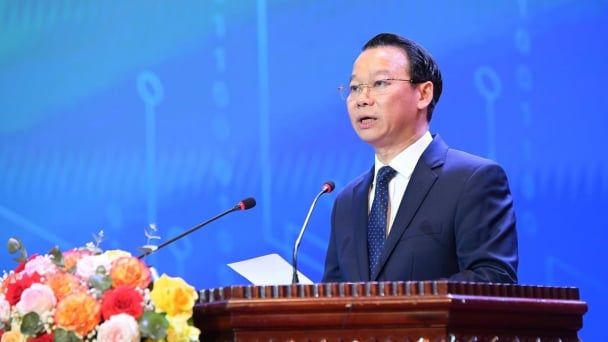
(VAN) Minister Do Duc Duy affirmed that science, technology, and digital transformation are the foundations for agricultural and environmental breakthroughs in the new era.
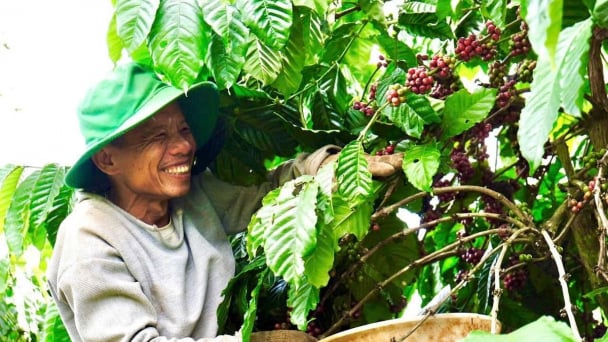
(VAN) Coffee is a key crop in Ea H’leo district, and given market and weather challenges, sustainable development has become a mandatory requirement.